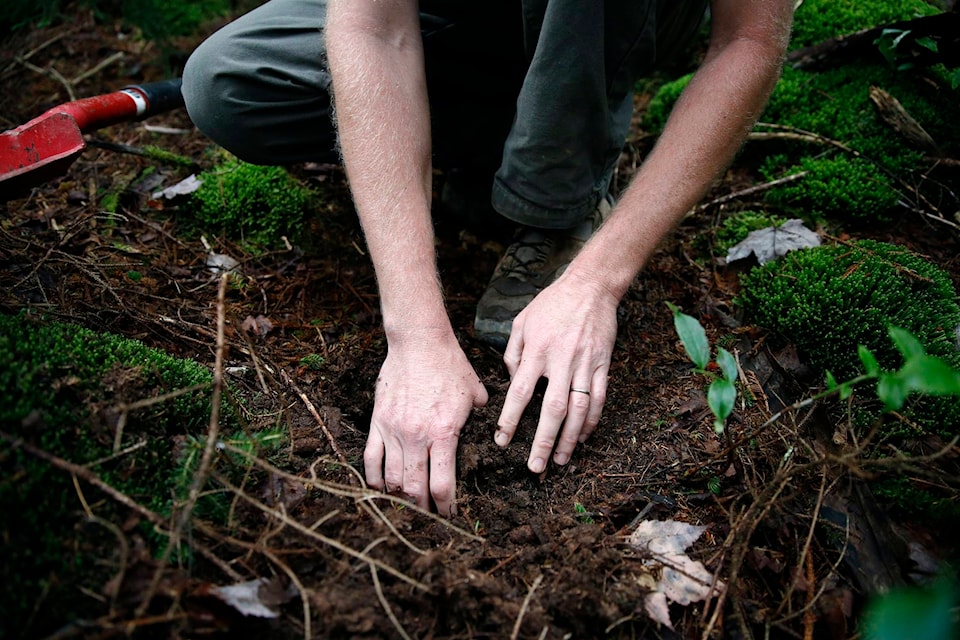Planned projects that can be done in small groups or as a family add to the holidays. Making a garden in a large shallow container, a dish or fairy garden can be one of those projects. It need not be expensive. A shallow container with holes in the bottom, potting soil, slow growing tropical plants or succulents is all that is needed.
All the materials can be found beforehand or it could involve a trip to purchase the plants. Children are usually more invested if they choose the plant material. All plants in the container are going to have the same growing environment so choose plants accordingly. Do not mix plants that need full sun with ones that prefer filtered light. Likewise check to see if the plants like to be wet, moist or have dry periods. Optimum conditions for all plants will result in a great dish garden.
The shallow container must have drainage holes but it can be a recycled item. If the drainage holes are large enough for soil to escape, cover them with a fine mesh screen.
The soil should contain peat moss, vermiculite or perlite and some soil or compost. The ideal soil will soak up some moisture while draining the excess away. If the soil holds too much moisture the roots of plants tend to rot.
Look for plants that are small, slow growing or easily contained by pinching back new growth. Varieties of the Genus Pilea and Peperpmia are used for smaller indoor gardens. Poka Dot Plant and Babies Tears are two more easy to find and easy to grow tropicals. The latter two will need to be pinched or cut back regularly.
Small succulents and cacti also work well as they come in many shapes, colours, textures and grow slowly. Prickly cacti can be transplanted by wrapping cloth around the plant and lifting it by the ends of the cloth.
Note that most cacti and succulents thrive on neglect and die if they receive too much moisture, especially during the winter months.
As with any garden, choose plants of a variety of shape, size and colour as it will add interest to the garden.
Trying to decide how many plants to use? Place the plants in pots in the container to see if it is balanced. Take into consideration any embellishments that will be added. An eight inch round container holds two to three small plants can be used as a starting point.
Start building the garden by filling the container with moist soil. It is much easier to start with moist soil as opposed to trying to wet it once it is in the container.
Place the plants on top of the soil along with ornamentation to get an idea of how many will fit and the design. If desired, mould the soil to form small hills and valleys
Once satisfied, dig the holes for the plants. Take the plants, one at a time out of the pot and examine the roots. If the root ball is completely white, cut an X across the bottom of the roots to encourage it to spread outwards into surrounding soil. Roots balls with less root showing can be placed immediately into the hole and covered with soil. Press the soil down around the plant and water it to eliminate extra air pockets that can dry out the roots.
Once planted, add ornamentation. Size of the container, imagination and pocket book are limiting factors. Twigs, rocks and sand, plain or coloured can be used to define paths and streams.
Gift shops, dollar stores, garden centres, florists and craft stores have a multitude of miniature items that will fit into the garden. It’s best to pick one theme and choose items with that in mind. The ornaments can change as often as desired.
Indoor dish gardens are cared for the same as all houseplants. Check the moisture level in a couple of spots before watering. Fertilize regularly when the plants are actively growing, less during the winter season. If one plant becomes unsightly, remove it and replace it with another.
Happy gardening.
Linda Tomlinson is a horticulturalist that lives by Rocky Mountain House. She can be reached at your_garden@hotmail.com
